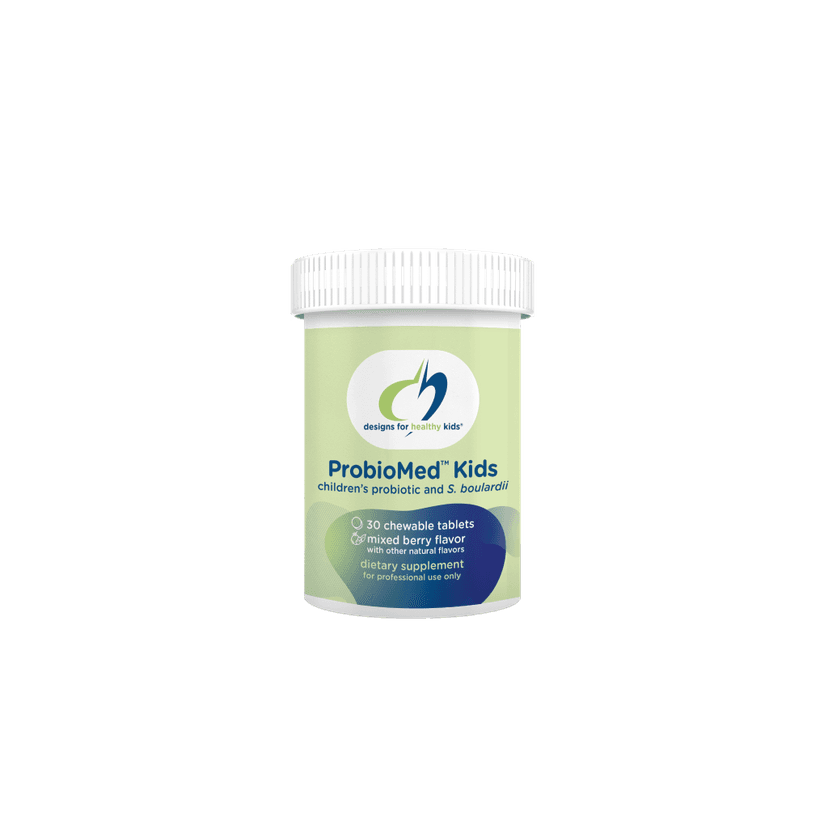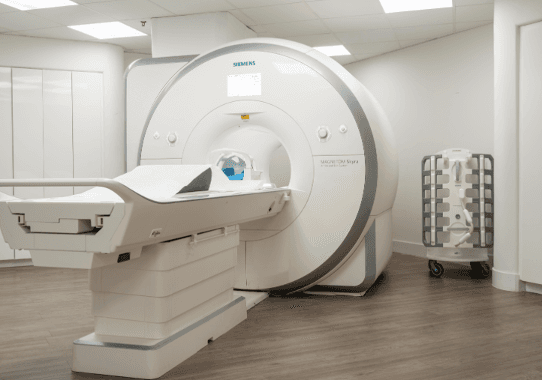Mindfulness and meditation are practices that can greatly improve both your mental and physical health. They are simple techniques that help you focus better, feel less stressed, and live a happier life. This article will guide you through the basics of mindfulness and meditation, the science behind them, and practical ways to include them in your daily routine.
Key Takeaways
- Mindfulness and meditation can improve mental and physical health.
- These practices help reduce stress, anxiety, and depression.
- Mindfulness techniques can be easily integrated into daily life.
- Scientific studies support the benefits of mindfulness.
- Starting mindfulness practices can be simple and rewarding.
Understanding Mindfulness and Meditation
Defining Mindfulness
Mindfulness is the practice of focusing your attention on the present moment. It involves being aware of your thoughts, feelings, and sensations without judgment. This practice helps you stay connected to the here and now, reducing stress and enhancing overall happiness.
Defining Meditation
Meditation is a technique used to train the mind and achieve a state of relaxation and clarity. It often involves sitting quietly, focusing on the breath, and letting go of distracting thoughts. There are various forms of meditation, each with its own unique approach and benefits.
Historical Context
Mindfulness and meditation have roots in ancient traditions, particularly in Buddhism and Hinduism. These practices have been used for centuries to promote mental and physical well-being. Today, they are widely adopted in various cultures and are supported by scientific research for their numerous benefits.
The Science Behind Mindfulness
Neuroscientific Insights
Mindfulness has been shown to change the brain in significant ways. Studies using brain imaging techniques have found that regular mindfulness practice can increase gray matter in areas of the brain associated with memory, learning, and emotional regulation. These changes suggest that mindfulness can help improve cognitive functions and emotional stability.
Psychological Benefits
Practicing mindfulness can lead to numerous psychological benefits. It helps reduce symptoms of anxiety and depression by promoting a non-judgmental awareness of the present moment. This practice encourages individuals to accept their thoughts and feelings without reacting to them, which can lead to improved mental health and overall well-being.
Physiological Effects
Mindfulness doesn't just benefit the mind; it also has positive effects on the body. Research has shown that mindfulness can lower blood pressure, reduce chronic pain, and improve sleep quality. These physiological benefits make mindfulness a valuable practice for enhancing overall physical health.
Mindfulness is a powerful tool that can transform both the mind and body, leading to a healthier, more balanced life.
Mindfulness Techniques for Daily Life
Breathing Exercises
Breathing exercises are a simple yet powerful way to practice mindfulness. By focusing on your breath, you can anchor yourself in the present moment. Start by finding a quiet place to sit or lie down. Close your eyes and take a deep breath in through your nose, allowing your abdomen to expand. Exhale slowly through your mouth. Repeat this process, paying close attention to the sensation of the air entering and leaving your body. This practice can help reduce stress and increase your overall sense of well-being.
Body Scan Meditation
Body scan meditation involves paying attention to different parts of your body, from your toes to your head. Begin by lying down in a comfortable position. Close your eyes and take a few deep breaths. Start by focusing on your toes, noticing any sensations or tension. Gradually move your attention up through your legs, torso, arms, and finally to your head. This technique helps you become more aware of physical sensations and can promote relaxation.
Loving-Kindness Meditation
Loving-kindness meditation, also known as "metta" meditation, involves sending positive thoughts and well-wishes to yourself and others. Sit comfortably and close your eyes. Take a few deep breaths to center yourself. Begin by silently repeating phrases like "May I be happy, may I be healthy, may I be safe." After a few minutes, extend these wishes to others, starting with loved ones and eventually including all living beings. This practice can foster compassion and emotional well-being.
Practicing mindfulness techniques daily can significantly improve your mental and physical health. Start with small, manageable sessions and gradually increase the time as you become more comfortable.
Mindfulness for Mental Health
Reducing Anxiety and Stress
Mindfulness can be a powerful tool for reducing anxiety and stress. By focusing on the present moment, individuals can break the cycle of worry and fear. This practice helps calm the mind and body, leading to a more relaxed state. Techniques such as mindful breathing and meditation can be particularly effective in managing stress levels.
Managing Depression
Mindfulness is also beneficial for those dealing with depression. It encourages a non-judgmental awareness of thoughts and feelings, which can help individuals gain a new perspective on their experiences. This shift in mindset can reduce the intensity of depressive symptoms and improve overall mental well-being.
Enhancing Emotional Regulation
Practicing mindfulness can enhance emotional regulation by increasing awareness of emotional responses. This heightened awareness allows individuals to respond to emotions in a more balanced and thoughtful manner. Over time, this can lead to improved emotional stability and resilience.
Mindfulness is not just a practice; it's a way of living that can transform your mental health and overall well-being.
Physical Health Benefits of Mindfulness
Improving Heart Health
Mindfulness practices can have a positive impact on heart health. Regular mindfulness meditation can help lower blood pressure, which reduces the risk of heart disease. By promoting relaxation and reducing stress, mindfulness helps maintain a healthy heart.
Alleviating Chronic Pain
For those suffering from chronic pain, mindfulness can be a valuable tool. Techniques such as body scan meditation allow individuals to focus on different parts of their body, helping to manage and reduce pain. This practice can lead to a better quality of life for those with chronic pain conditions.
Boosting Immune Function
Mindfulness has been shown to enhance the immune system. By reducing stress and promoting a state of calm, mindfulness practices can help the body fight off illnesses more effectively. This boost in immune function can lead to fewer sick days and a healthier life overall.
Mindfulness is not just about mental well-being; it plays a crucial role in maintaining and improving physical health. By incorporating mindfulness into your daily routine, you can experience these physical health benefits and lead a more balanced life.
Incorporating Mindfulness into Your Routine
Creating a Mindfulness Schedule
Integrating mindfulness into your daily routine can be simple and rewarding. Start with short sessions throughout the day and gradually include longer, more formal sessions in the morning or evening. Consistency is key to making mindfulness a habit.
Mindful Eating
Mindful eating involves paying full attention to the experience of eating and drinking, both inside and outside the body. Notice the colors, smells, textures, and flavors of your food. Eating slowly and savoring each bite can transform your meals into a practice of mindfulness.
Mindfulness in the Workplace
Bringing mindfulness to your workplace can improve focus and reduce stress. Simple practices like taking a few deep breaths before starting a task or having a short meditation break can make a significant difference. Encourage a mindful culture by sharing these practices with colleagues.
Practicing mindfulness regularly can change how you relate to your experiences, making it easier to accept whatever comes your way during the day.
Challenges and Misconceptions
Common Misunderstandings
Many people think mindfulness and meditation are the same, but they are different. Mindfulness is about being present in the moment, while meditation is a practice to achieve a calm state of mind. Another common myth is that you need to clear your mind completely during meditation. In reality, it's about observing your thoughts without judgment.
Overcoming Obstacles
Starting a mindfulness practice can be tough. Here are some tips to help you get started:
- Start small: Begin with just a few minutes each day.
- Be consistent: Try to practice at the same time every day.
- Find a quiet space: Choose a place where you won't be disturbed.
- Be patient: It takes time to develop a new habit.
Remember, it's okay to have thoughts during meditation. The goal is to notice them and gently bring your focus back.
Tips for Beginners
If you're new to mindfulness, here are some tips to help you:
- Set realistic goals: Don't expect to be perfect right away.
- Use guided meditations: These can help you stay focused.
- Join a group: Practicing with others can be motivating.
- Keep a journal: Write down your experiences and progress.
Conclusion
Mindfulness and meditation are powerful tools that can greatly improve both mental and physical well-being. By incorporating these practices into your daily routine, you can experience reduced stress, better sleep, and an overall sense of calm. Whether through simple breathing exercises or more structured meditation sessions, the benefits are clear and accessible to everyone. Start small, stay consistent, and watch as these practices transform your life for the better.
Frequently Asked Questions
What is mindfulness?
Mindfulness means paying full attention to the present moment. It involves noticing your thoughts, feelings, and surroundings without judging them.
How does meditation differ from mindfulness?
Meditation is a practice where you focus your mind on a particular thing, like your breath or a word. Mindfulness can be a part of meditation, but it can also be practiced anytime by staying aware of the present moment.
What are the benefits of mindfulness?
Mindfulness can help reduce stress, improve focus, and boost overall well-being. It can also help with managing anxiety, depression, and even physical pain.
Can mindfulness improve physical health?
Yes, practicing mindfulness can help lower blood pressure, improve heart health, reduce chronic pain, and boost your immune system.
How can I start practicing mindfulness?
You can start by setting aside a few minutes each day to focus on your breathing. There are also many apps and online resources that can guide you through different mindfulness exercises.
Is mindfulness suitable for everyone?
Yes, mindfulness can be practiced by anyone, regardless of age or fitness level. It's a simple way to improve both mental and physical health.
























